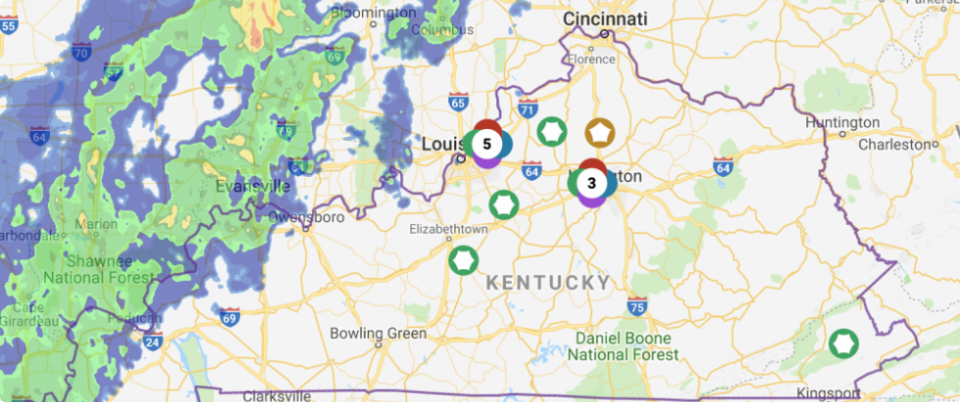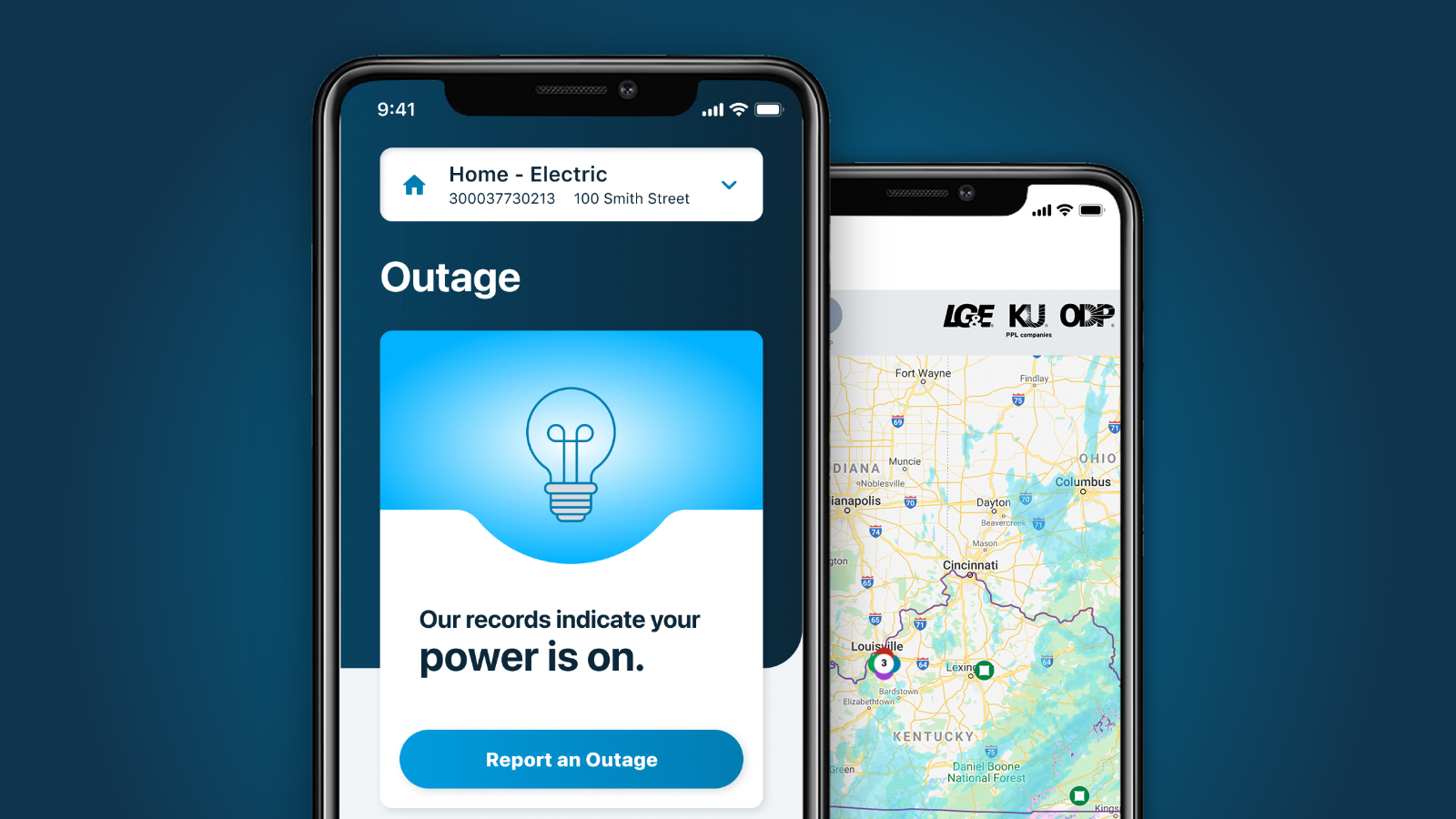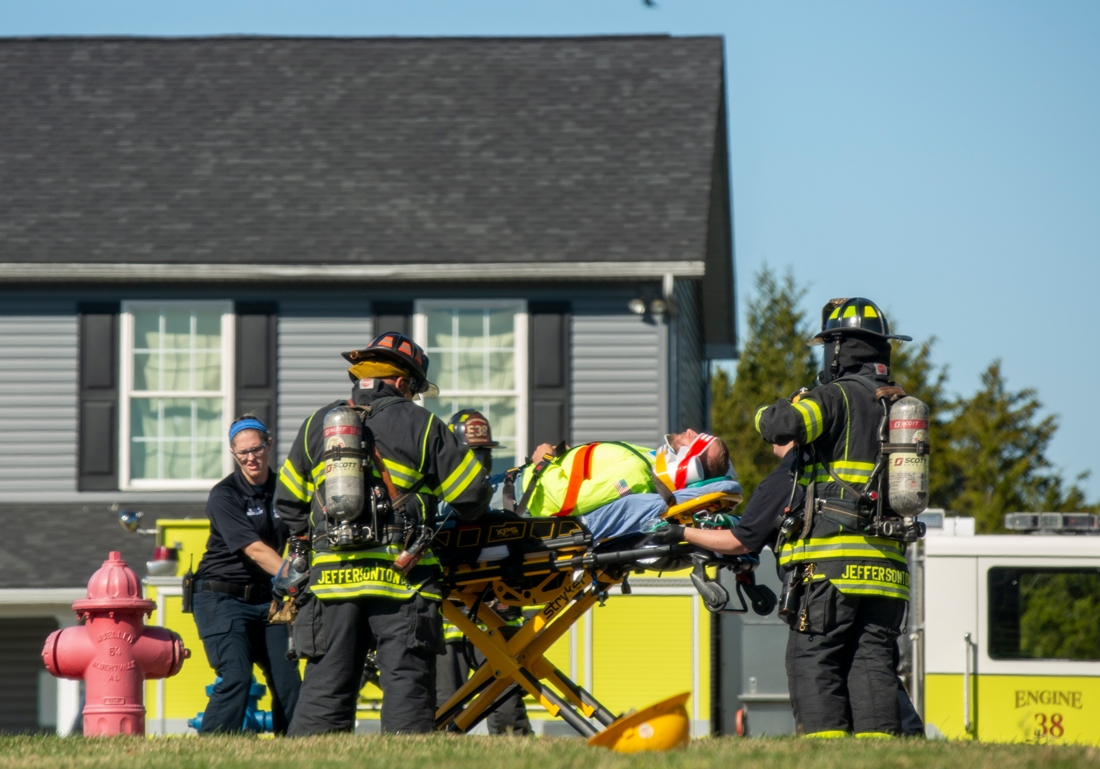LG&E participates in KPSC line digging seminar
On Oct. 24, more than 100 excavators, emergency responders, line locators and LG&E employees witnessed what can happen when digging around underground natural gas pipelines. The group gathered at the Kentucky Regional Fire Training Academy in Louisville to participate in a utility line digging seminar organized by the Kentucky Public Service Commission.
LG&E public awareness coordinator Lisa Clifton worked closely with the KPSC to coordinate the Louisville event. “In my job, I see or hear firsthand accounts of what can happen when someone digs without having the underground lines marked first,” said Clifton. “It can be anything from a minor inconvenience – such as a service interruption – to widespread damage, injuries and even death. Regardless of the magnitude of the incident, there can be an investigation and fine if the excavator did not abide by the law.”
Having underground utility lines marked prior to digging – regardless of how large or small the project – is the law. The KPSC can investigate and impose fines for digging without having underground utility lines marked and the fines can be enhanced – by as much as $4,000 depending on the violation – when an excavator digs in an area where natural gas is present. Since July 2018, which is when the KPSC assumed authority over natural gas lines and enforcement, the agency has received more than 1,300 damaged line reports from digging and has assessed more than $1 million in fines. Those fines are used to fund the educational series that stresses following the proper procedure, which includes contacting 811 before digging. Emergency response agencies also have the authority to investigate and impose fines for digging without having lines located.
Following presentations from safe digging experts, including Tim Vaughn from Kentucky 811 and Andrew Melnykovych from the Kentucky Public Service Commission, participants in the Louisville event gathered outside to watch a demonstration. They learned the correct way to locate underground utility lines and what can happen when the proper procedures are not followed. In the drill – referred to as a mock line strike – an excavator inadvertently damaged a fake natural gas line. This prompted emergency response from firefighters, LG&E representatives and paramedics. In the scenario, the excavator was injured when he attempted to leave the area of the “strike.” As a plume of steam blew from the ground simulating natural gas escaping from an underground line, emergency responders rescued the man and transported him to a nearby helicopter which imitated what it would be like to airlift the victim to a nearby hospital.
At the end of the exercise, participants had a greater understanding of the steps to take prior to digging and what can happen if they choose to dig without having underground utility lines marked.
“We had a captive audience of experienced excavators and locators at our event in Louisville,” added Clifton. “They came in with a good deal of knowledge about 811 and the process for how and who to contact for underground locates, as well as a general understanding of the fact the law requires they submit their requests at least two working days in advance of excavating. That said, I don’t think there was a single person who would say they left the event without learning something new that day.”








